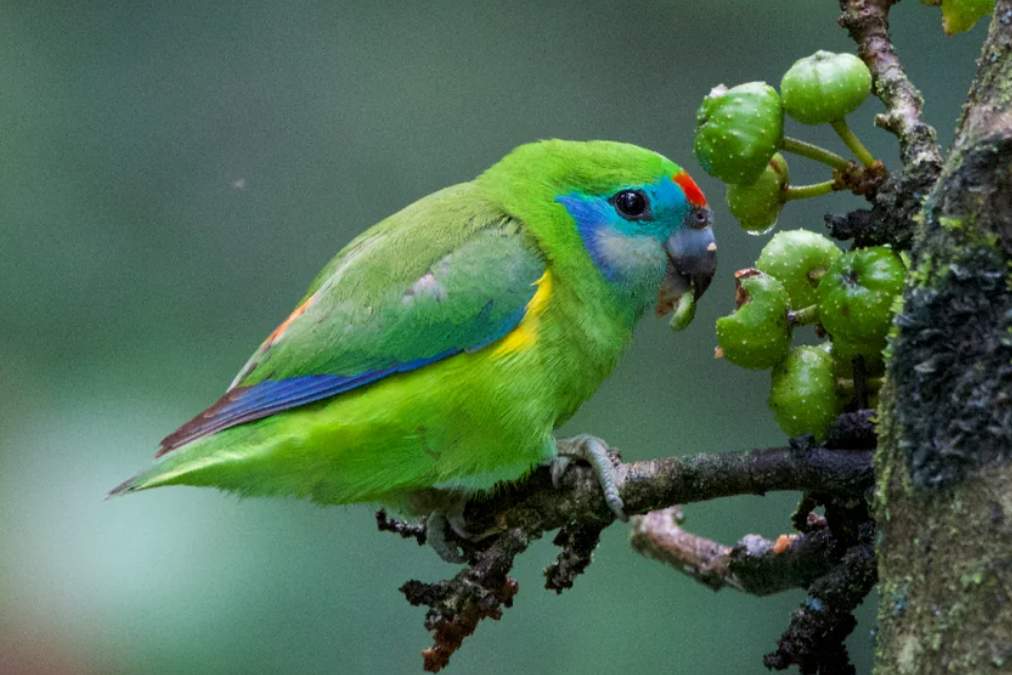Family: The Great Egret (Ardea alba) is a member of the heron family Ardeidae in the genus Ardea. The Ardeidae, who are closer cousins of pelicans and belong to the Pelecaniformes, are often grouped with storks in the Ciconiiformes.
Habitats: The great egret is the largest of the white herons. It is a solitary and territorial feeder that hunts in water up to 30 cm deep, which is deeper than other herons. There, it frequently crouches slightly and stretches its neck to the side, holding the head horizontally, maybe to balance glare. Moreover, hunting Great egrets are masters of the wait-and-watch strategy, freezing motionless for long intervals and then stalking slowly and deliberately.
It is distinguishable from the intermediate egret by its gape, which in the case of the big egret ends well beyond the rear of the eye, whereas in the case of the intermediate egret, it finishes just behind the eye. Displays towards a prospective mate run to a mixture of snaps and stretching, with a fully extended neck sometimes bent backward with the bill pointing vertically up. As such, it is marginally smaller than the big blue or grey heron.

Diet: Although they eat insects, crustaceans, and amphibians, small mammals and small reptiles mainly feed on fish. This species usually waits motionless for prey or slowly stalks its target before impaling it with its long, jagged bill. It does this by standing unmoving and letting the prey get within striking distance of its bill, which it utilizes like a spear.
Identification: Both adult sexes are identical. The general plumage is white, and the neck is longer than the body. In breeding, plumage is long, while nuptial plumes are only on the back and extend beyond the tail. The naked face is blue-green, extending back in a spur at the gape. Eyes are yellow or red when courting. Bill is yellow and black when courting. Legs and feet are brown to black. In nonbreeding plumage, there are no nuptial plumes; the face is yellow. The immature bird is similar to breeding adults.
Vocalizations: This bird is normally silent. The great egret call is a low-pitched croak in alarm; at least several guttural calls. The great egret only lets out a deep, raspy croak when startled or in its breeding colonies.
Nesting and Breeding: The great egret nests and breeds mainly in early summer in the south, later in the north, in colonies. After deciding on a nest site, the male draws in a female by building a nest. The nest is a platform of sticks in a tree up to 2–15 meters above ground, or sometimes in a reed bed. At 2-3 years of age, it starts to breed, creating monogamous pairs every season; whether or not the coupling persists into the following season is unknown.
Eggs and Incubation: The great egret lays 3-6 eggs, pale green-blue, oval, about 53 x 38 mm. The incubation period is about 24–25 days for both sexes. The young usually fledge in 40–42 days. Both parents regurgitate food for the young.

Distribution: Due to its extensive range over a large portion of the Americas, Africa, Europe, and Asia, the great egret coexists in its habitat with numerous other closely related species. The great egret is found near the waters of lakes, swamps, rivers, and dams throughout Australia and in other tropical and warm temperate regions. It is common in the Neotropics and the American Sun Belt.
Races: There are four races found in various parts of the world. Only one is found from India to Australasia. They differ in size and bear-part coloring throughout the breeding season.
-
alba Linnaeus, found in Europe and across the Palearctic.
-
modesta found in India, Southeast Asia, East Asia, and Oceania
-
egretta Gmelin, found in the Americas
-
melanorhynchos found in Africa
Other Names: This bird is also known as the Large Egret, Common Egret, Great White Egret, Great White Heron, and White Egret.
Size: The great egret size is about 800-900 mm with a wingspan of 130–170 cm. Standing up to one meter tall, with a body mass of 750 to 1500 grams
Flight: The great egret’s walk is slow; the retracted neck allows it to fly more like a heron or bittern, setting them apart from other birds like spoonbills, ibises, cranes, and storks, which stretch their necks during flight. The great egret walks with its wings clasped close to its neck.
Read More: Little Egret (Ardea garzetta)







